Ford Mustang (1999-2004) Service Manual: Sensor - Rear
Removal
1. Remove the rear passenger seat.
2. Disconnect the rear anti-lock brake sensor electrical connector.
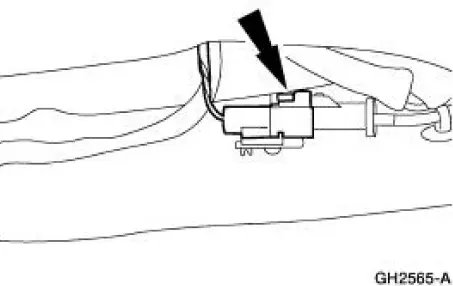
3. Raise and support the vehicle. 4. Remove the rear anti-lock brake sensor harness from the floor pan.
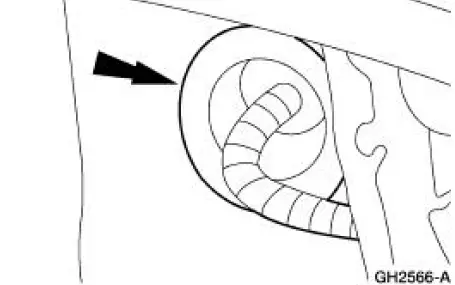
5. Remove the anti-lock brake sensor harness bracket bolt.
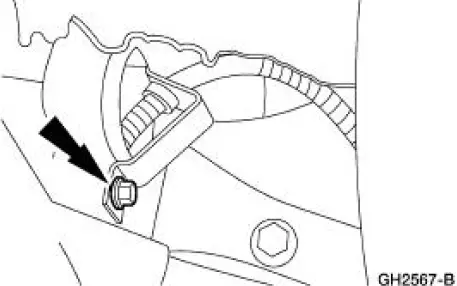
6. NOTE: The sensor may be siezed to the axle. Use Rust Penetrant and Inhibitor F2AZ-19A501- A meeting Ford specification ESR-M99C56-A to loosen the sensor for removal.
Remove the rear anti-lock brake sensor.
1. Remove the rear anti-lock brake sensor bolt.
2. Remove the rear anti-lock brake sensor.
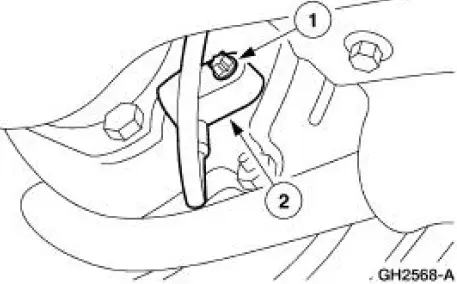
Installation
1. NOTE: Be sure to apply High Temperature Nickel Anti-Sieze Lubricant F6AZ-9L494-AA meeting Ford specification ESE-M124A-A to the sensor body where it will make contact when installed.
To install, reverse the removal procedure.
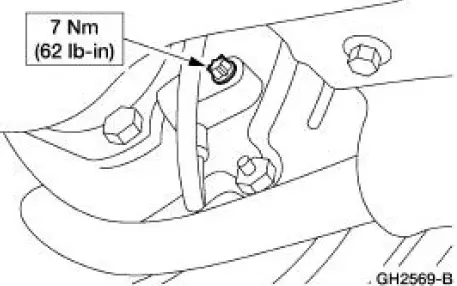
 Switch - Traction Control
Switch - Traction Control
Removal and Installation
1. NOTE: If the vehicle is equipped with an automatic
transmission, position the shift lever in the 1
position before detaching the floor console finish panel.
Lifti ...
Other materials:
Electronic Pressure Control (EPC) Solenoid
Special Tool(s)
Gauge, Transmission Solenoid
Connectors
307-426
Removal
1. Remove the manual control lever. For additional information, refer to
Manual Control Lever
Shaft and Seal in this section.
2. CAUTION: Do not pull on the molded ...
Switch - Exterior Rear View Mirror Control
Removal
1. CAUTION: Use a shop towel or similar material between the tool
and the front door
trim panel or damage to the front door trim panel may occur.
Position the window regulator switch plate aside.
1. Pull at service notch.
2. Lift to release ...
Pinpoint Tests
PINPOINT TEST A: THE ENGINE DOES NOT CRANK AND THE
RELAY DOES CLICK
Test Step
Result / Action to Take
A1 CHECK THE VOLTAGE TO THE STARTER RELAY
YesGO to A2 .
No
REPAIR circuit 1050 (LG/VT) for an open. TEST the
system for normal operation. ...
